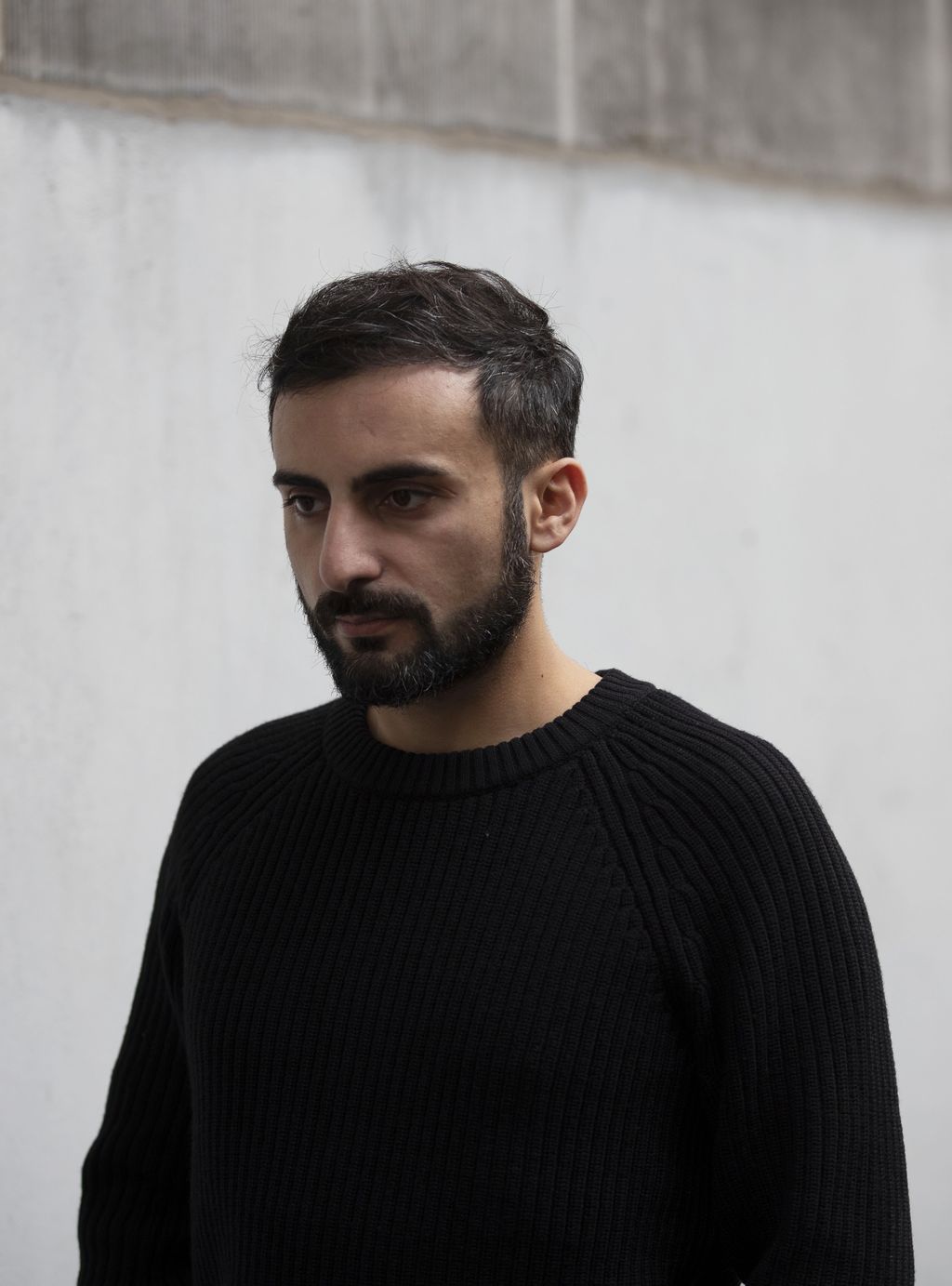Appreciated by collectors and architects from Belgium to Lebanon and the United States, this designer of Armenian origin excels in the sculptural treatment of raw materials and takes the time to cultivate the art of detail.

Your design work is often linked to works from the Middle East. Is that right?
That is indeed something that I hear about my work, like the word ‘minimalist’. Even though I am based in Belgium, some people claim to see a combination of Eastern and Western influences in my designs. That’s not something that I claim. My influences are abstract.
You moved to Belgium in 1999 to study architecture. What did you retain from that?
My training in interior design at the LUCA school of art and in architecture at Sint-Lukas in Brussels gave me the opportunity to collaborate with other architects who are my peers. Today, I go back there a lot to take part in workshops and conferences as a teacher. Towards the end of my studies, I specialised in design. Next, I worked in architecture firms as a freelancer. I stayed in Belgium because it was a good setting for me to develop my career.
In what way was founding your art studio in 2010 decisive?
It was only when I started to create for my own benefit and founded my own studio that I found my path: the architecture of objects. In other words, I view every object that I create as a space.
In 2021, you opened a studio and exhibition space in Brussels. What do you like about this city?
I feel like I can express myself fully here. Brussels is always intriguing and a source of inspiration every day. It is large and cosmopolitan, but still accessible. It has a down-to-earth vibe, but does not rest on its laurels.

What link do you have with the Harlan Levey Projects art gallery, with whom you share a premises?
I am friends with the founders, Harlan Levey and Winnie Kwok, and I think we complement each other. They support and showcase work by artists without borders, which often causes us to reconsider the space. I showcase my designs in the same way, with the main spotlight being given to the materials and their history, which sometimes also calls for this kind of reflection.
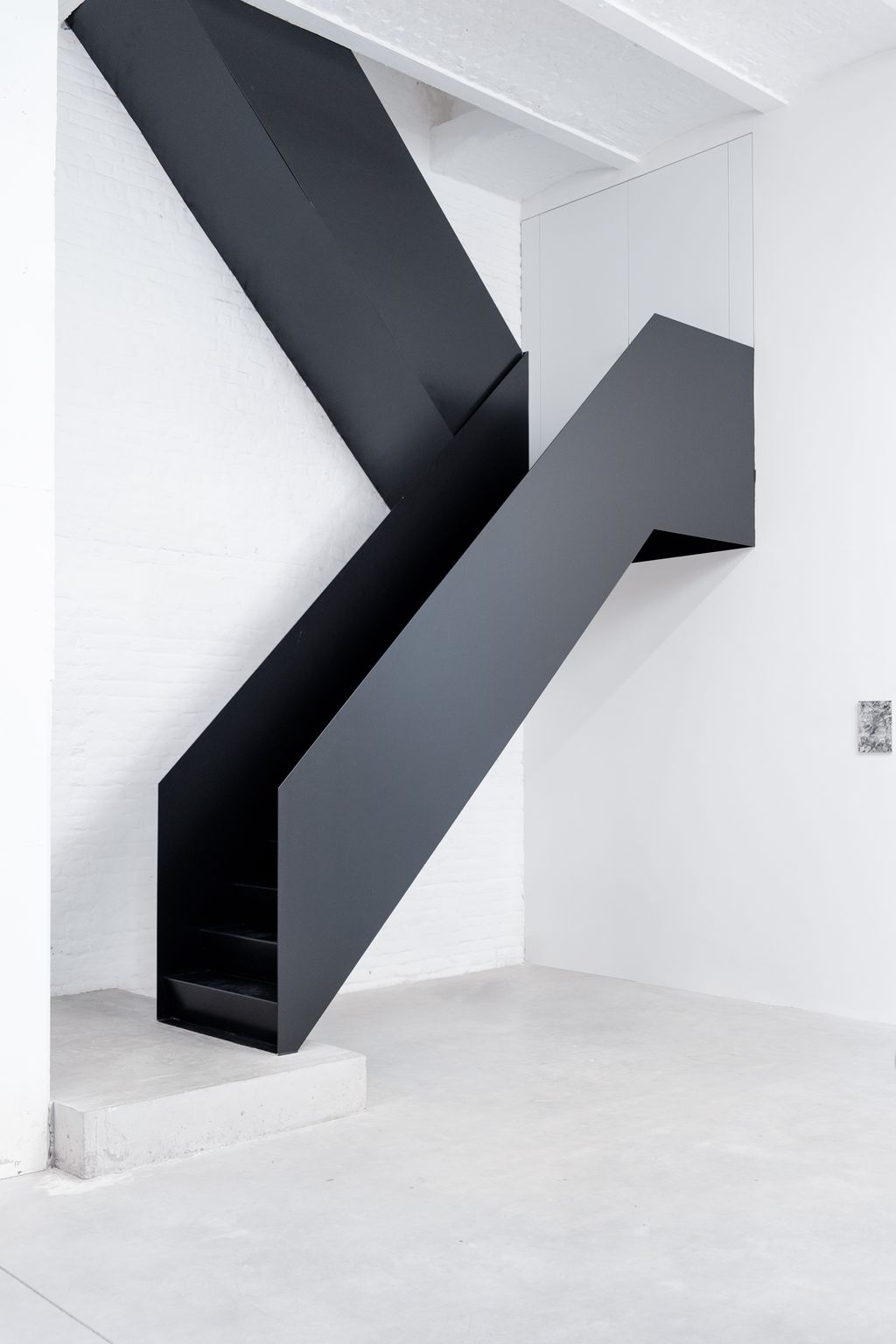
Your studio upstairs has its own atmosphere…
The back room that I invested in with Harlan Levey Projects is hidden from the street where it is located and offers a sort of disconnect from the world; you feel as though you are in a cocoon. Everything is very vibrant outside. The Millennium Iconoclast Museum of Art (MIMA), Molenbeek town hall and the Brussels canal, which separates us from the Dansaert district, are just a few steps away. Being close to the city centre and simultaneously removed from it is a kind of breathing room that allows me to take my time and develop my projects.
When you climb the steel staircase that you made there, you get to your space, which is monastic…
The pieces I make are displayed there in a somewhat sober way, but this is not an immaculate showroom. I consider this place to be more like a creative studio.
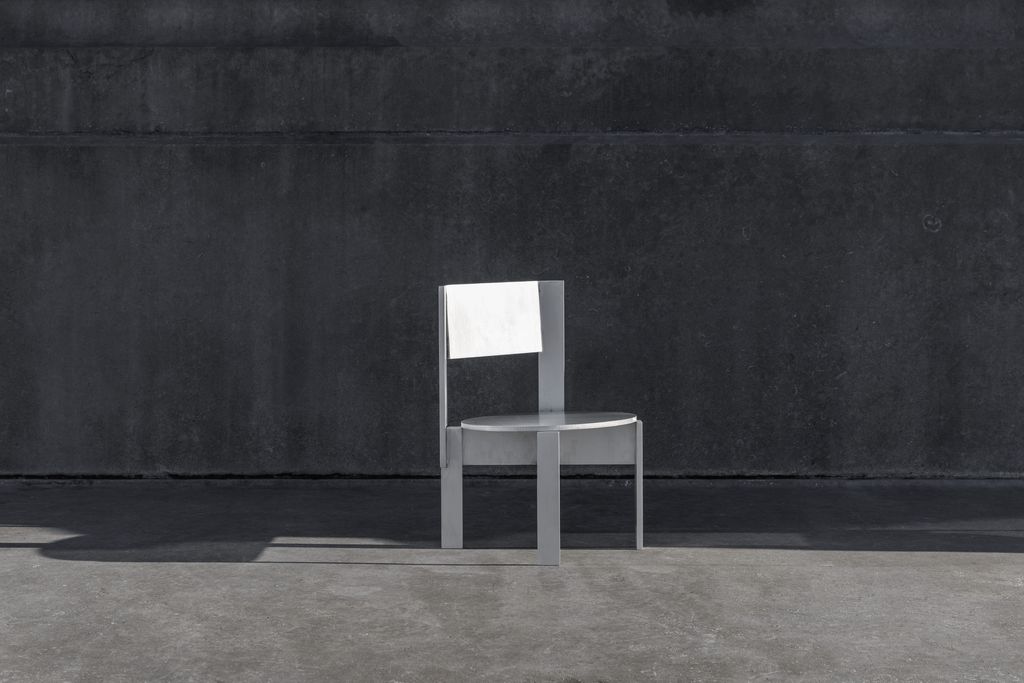
How do you answer questions about your creations? Are they primarily artistic or functional?
Some visitors find my pieces challenging, but their functionality is obvious to others. Others still quickly realise that their appeal lies in their relationship with the space and the architecture of a place. I don’t really try to follow a style or an aesthetic when I am creating or showcasing a piece. I prefer to remain open to interpretation and the multifunctional nature of things. That said, my work is always functional and based around artisanal expertise. This is particularly clear in my Dy pendant light, my Jag candlesticks and my C.191 chair, all three of which are made from bronze.

How interested are you in perspective in architecture?
The idea of perspective leads me to create each piece as a space, or a sculpture, that can be admired from different angles. In this way, my designs evoke the way certain works of art or objects interact with a space. They expand it or offer alternate viewpoints.
Does your choice of material for the object come after you design it?
I think in a multi-directional way and without a priori. The shape interests me as much as the materials (aluminium, concrete, wood, bronze, marble and onyx) because I try to produce work that can, first and foremost, be part of a space over time, from both an aesthetic and design point of view. For me, sustainability means the continuous, lasting relationship between an object or an interior design element and a place or an owner.
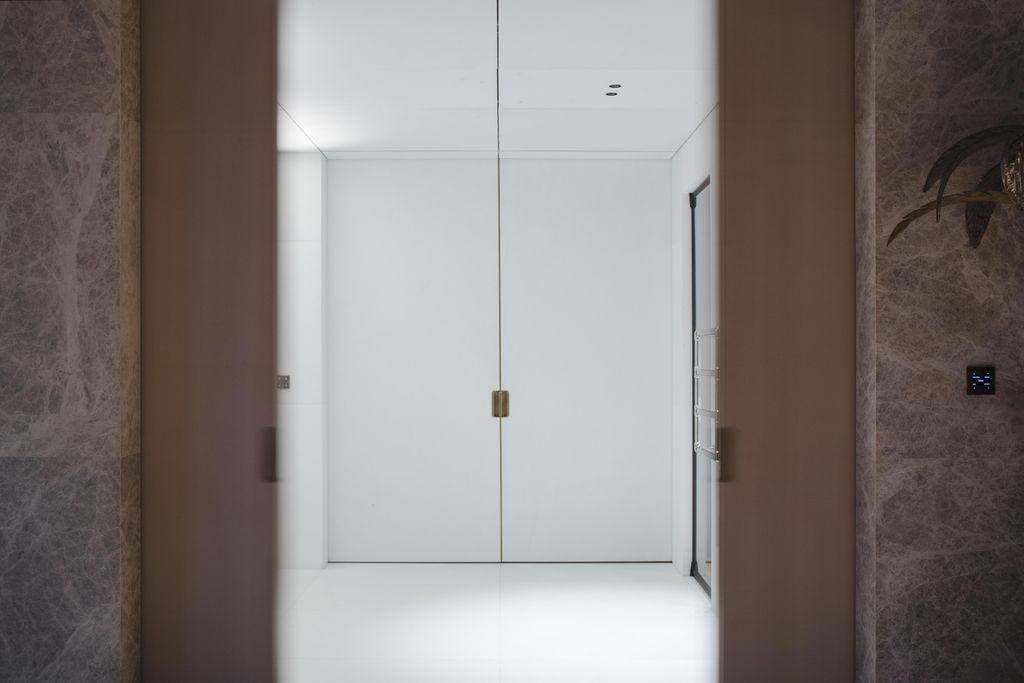
Is the integration of an object into the space obvious for you?
There are objects you feel like you can place in your home because they make you happy. My work, which has an architectural dimension, facilitates this choice. In addition, I think I have my own style and that it is clear without seeming too conceptual.
How does your work as an interior designer contribute to this sense of reflection?
It answers my questions about scale and allows me to fine-tune my objects down to the smallest detail. On the contrary, when I work on interior design for a client, I take inspiration from the design of the product. Otherwise, I don’t trust 3D design software blindly. Often times, I start by drawing an object by playing with scale and focusing on the possibilities and limitations of a material, for example. Then I choose a volume. That’s when a block becomes a table and so forth.
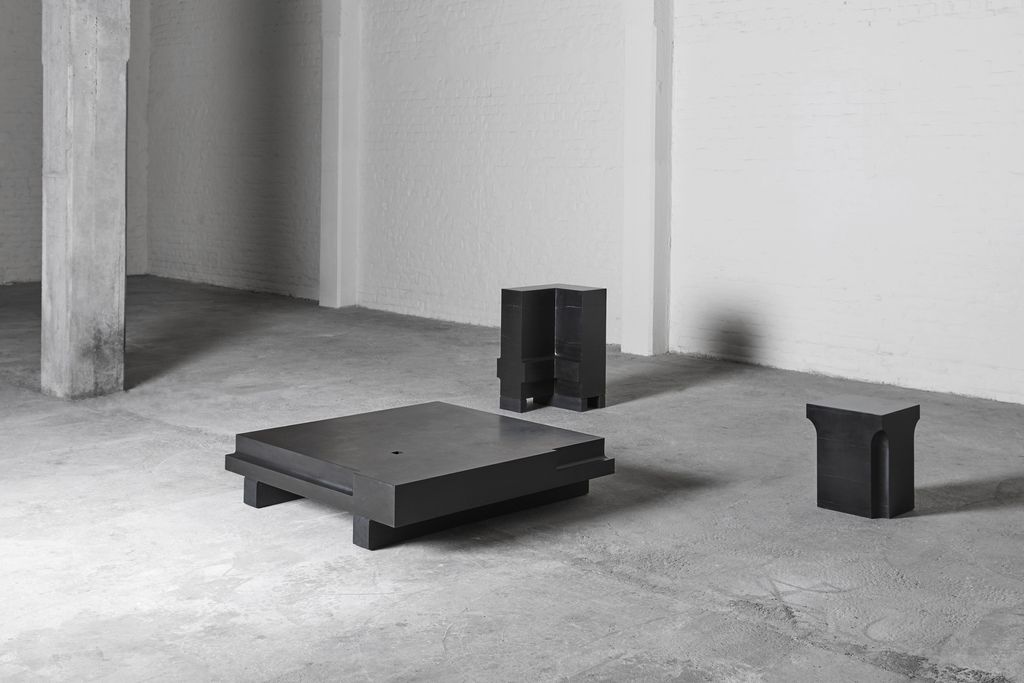
Tell us about your work with pure marble in blocks.
My exploration of black marble from Belgian quarries in Mazy, and my interest in urban architecture and classical monuments (public squares, churches, etc.), led me to produce Meronyms, a series of limited-edition pieces that includes three types of coffee and side tables with the contours of a platform, an angle and a column. This word is Greek in origin and refers to ‘a part of something that defines the whole.’ In this way, this block of marble defined my work. I sculpted it little by little and created a corner, angles and so on.
What does the production phase ultimately represent for your designs?
As with my interior design projects, I primarily work alone, or with the help of a team that expands when necessary. I plan as much as possible and try to be objective. The production part tends to become shorter and shorter in my process, which leads me to be even more exacting than I already am…
